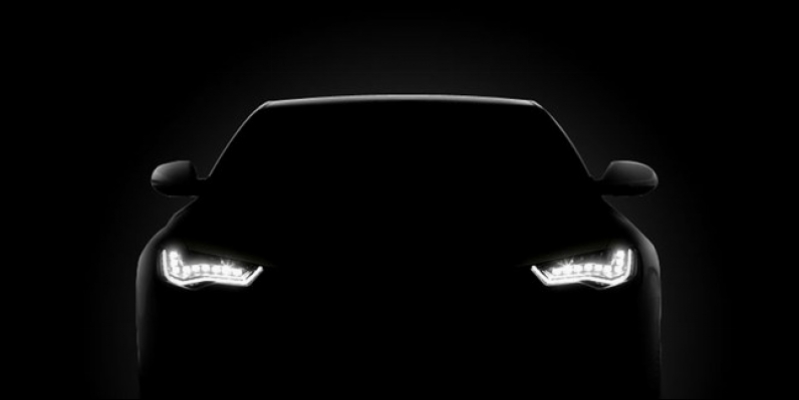Smart car lights, creating the Carnegie Mellon University Robotics Institute (USA) allows drivers to use headlights quite long without the fear that they Akins oncoming drivers. As well as significantly reduce the reflection of light, driving in snow or rain during the dark.
These lights can capture and track an unlimited oncoming cars or other objects, and that of the light, which would be exposed to the eyes of car drivers, just off. What's more - they can capture even a falling water drops and snowflakes and lights to block the narrow beam falling on them - thus reducing the driver's eyes reflected in the light, which significantly complicates the visibility while driving in severe weather.
Robotics Institute researchers said, even 130 years after the first use of car lights, even though they are much improved, but also successfully prompts drivers and more than half of vehicle accidents occur during the dark. However, with programmable light system can be used even significantly brighter headlights, without fear that they may be harmful to other users.
These lamps are the main difference - they do not use light bulbs, but the next light emission technology on video projectors - microelectromechanical system (. MEMS - Microelectromechanical system), in which light (projector case - image) is being developed by microscopically small mirrors arranged on a semiconductor chip.
These projectors have a common name MPE (called. 'Digital Light Processing, Digital Light Processing), a million of them - depends on the resolution, for example, 1200 x 800 pixel chip has 960 thousand mirrors) - Light rays independently controlled by a computer.
These chips are used in smart and lights. The camera captures the approaching cars, road signs and even small objects such as snowflakes. Then the light rays are adjusted accordingly - some reduced or completely off, and others - are strengthened. Common lighting changes is small and almost invisible, but highlights important objects and without dazzling other drivers.
System delay - the time elapsed from the moment the camera detects the subject before the light adjustment is 1 - 2,5 milliseconds. This is sufficient to dispense with the use of complex algorithms to calculate the position of the object will change by the time the headlights will react. True, it is for this reason, the system becomes less effective at high speeds in the rain or snow.
Smart lights has another advantage - linked to the navigation system, they can more clearly illuminate the median strip on the road to design and arrows showing where to go.



